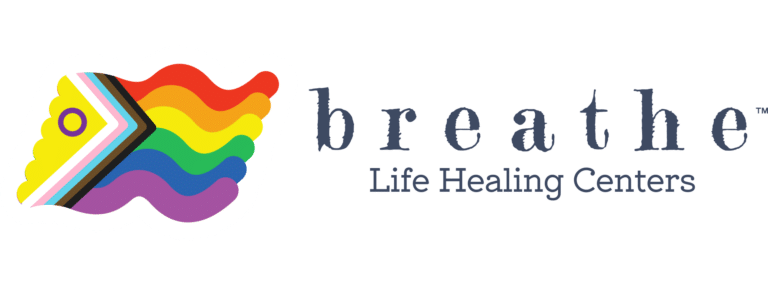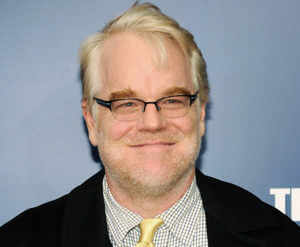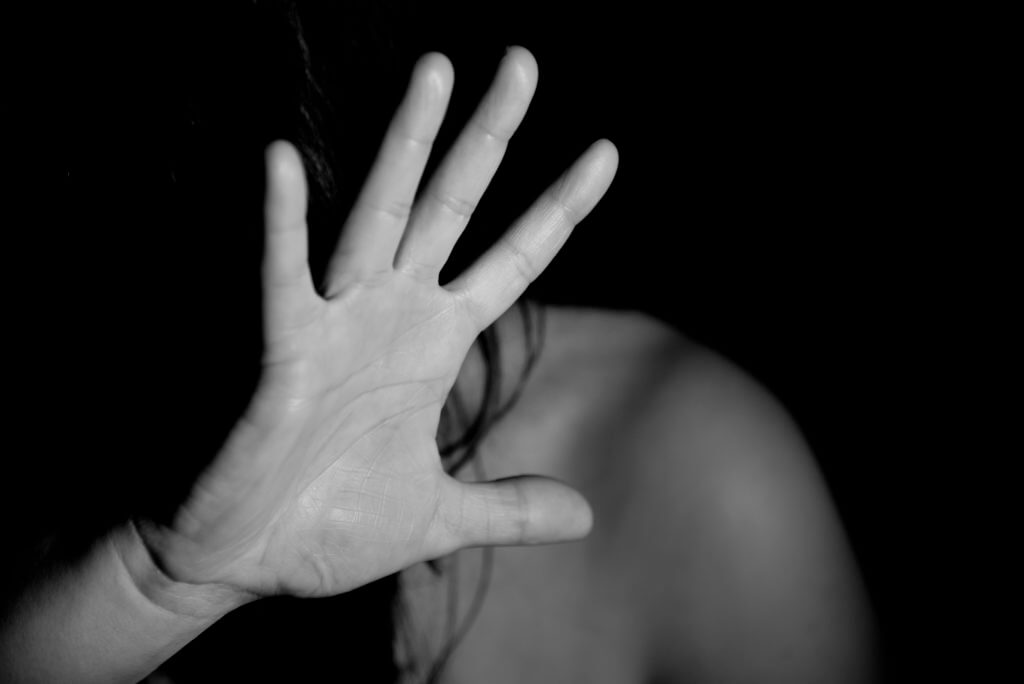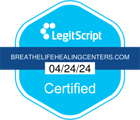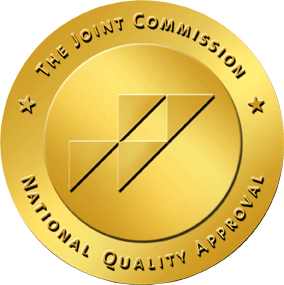Trichotillomania, sometimes called “trich” for short, is the hair-pulling disorder. It’s a little known mental health disorder, although it can take a very serious toll on someone’s life. Trichotillomania treatment programs are even lesser known, even though they can be very effective.
Trichotillomania occurs when someone cannot resist the urge to tug and pull out hairs on the body. It can lead to embarrassing bald spots and skin damage that people simply don’t understand. Living in a world where people don’t know about trich is exhausting, which is why we should spread awareness about this disorder.
Here at Breathe Life Healing Centers, we provide trichotillomania treatment, so we’ve seen a lot of individuals struggling to live a normal life with this condition. It’s not very common, but there are many others out there with this disorder too. We’ve prepared a list of 5 key things about trichotillomania to introduce you to this mental illness.
1. Trichotillomania is a type of impulse control disorder.
The NHS of the UK explains that an impulse control disorder is “a psychological condition where the person is unable to stop themselves carrying out a particular action”. When someone has trich, they have a longterm urge to pull their hairs that don’t go away for years.
Psychologists use a big fat book called the Diagnostic and Statistical Manual of Mental Disorders, DSM-5, to classify and organize all mental health diagnoses. The DSM helps to keep things consistent within the field of mental health care. In the manual, you can find Trichotillomania located in the chapter “Obsessive Compulsive and related disorders,” and includes the following criteria.
- Recurrent pulling out of one’s hair resulting in noticeable hair loss
- An increasing sense of tension immediately before pulling out the hair or when attempting to resist the behavior
- Pleasure, gratification, or relief when pulling out the hair
- The disturbance is not better accounted for by another mental disorder and is not due to a general medical condition (e.g., a dermatologic condition like a fungal infection or alopecia)
- The disturbance causes clinically significant distress or impairment in social, occupational, or other important areas of functioning
2. Hair pulling can take place anywhere on the body.
Based on records from trichotillomania treatment, we know that people have picked hairs from multiple regions of the body including the:
- Scalp
- Eyebrows
- Eyelashes
- Arms
- Legs
- Pubic region
- Beard
- Armpits
- Chest
Based on statistical research, we know that trichotillomania generally first shows up between the ages of 9 and 13. Children tend to pick hairs from the scalp in 86% of cases, eyelashes in 52%, eyebrows in 38%, the pubic region in 27%, and from the legs in 18% of cases. In adulthood, most trich-sufferers will pull hairs from the scalp.
3. Some people are more at risk than others
Certain factors can put some of us at greater risk for trichotillomania than others. The risk factors for trich include:
- Genetics: If we have a relative who’s had trichotillomania, we are more likely to get it ourselves.
- History of mood disorders. Depression and anxiety may contribute to developing trichotillomania.
- History of Obsessive Compulsive Disorder (OCD) in the family or individual.
- Traumatic upbringing, or traumatic life events
4. There are two ‘styles’ of hair pulling behaviors
Psychologists specializing in trichotillomania treatment have observed 2 patterns of behavior in hair-pulling disorder: automatic pulling and focused pulling.
Automatic hair pulling often happens without us even noticing because it’s a subconscious behavior. Children who pull automatically may not remember anything about the pulling session or realize why hair is missing afterwards. When someone is automatically hair-pulling, they look like they are in a detached, trance-like state.
The other style, Focused hair pulling, involves conscious rituals and sensation seeking. In other words, focused hair pullers know they are pulling. They do it because they want to feel the relief of hair pulling, get rid of hairs that feel “strange,” or find specific kinds of hairs to remove.
5. Trichotillomania treatment works on underlying emotional problems
Hair-pulling tends to follow a cyclical, or up and down type of pattern because the pulling behavior is a way to self-soothe, and cope with rising feelings of stress and anxiety. As anxious tension builds, the individual is more and more likely to start pulling hair.
Hair pulling calms the person down temporarily, but seeing the damage afterwards is upsetting. Bald spots, red irritated skin: this type of physical damage affects our appearance and lowers our self-esteem. Staring in the mirror, someone with hair-pulling disorder might vow to never self-harm again, then find themselves in the same situation the following day.
To break the cycle, it is important to work on unpacking the underlying emotional triggers. Therapy is the best way to do this. Analyzing, understanding, and paying attention to our emotions can help us figure out better ways to cope with them. Therapy can help reduce the building tensions and anxieties that lead to hair pulling sessions.
Get Help forTrichotillomania at Breathe Healing Centers
If you or someone you love is struggling with trich, reach out! Here at Breathe Life Healing Center’s residential treatment, we can place you in a trichotillomania treatment program that will help you get your life back!
